Ancient jewelry discovered dating back 10,000 years in Turkiye’s Sefertepe
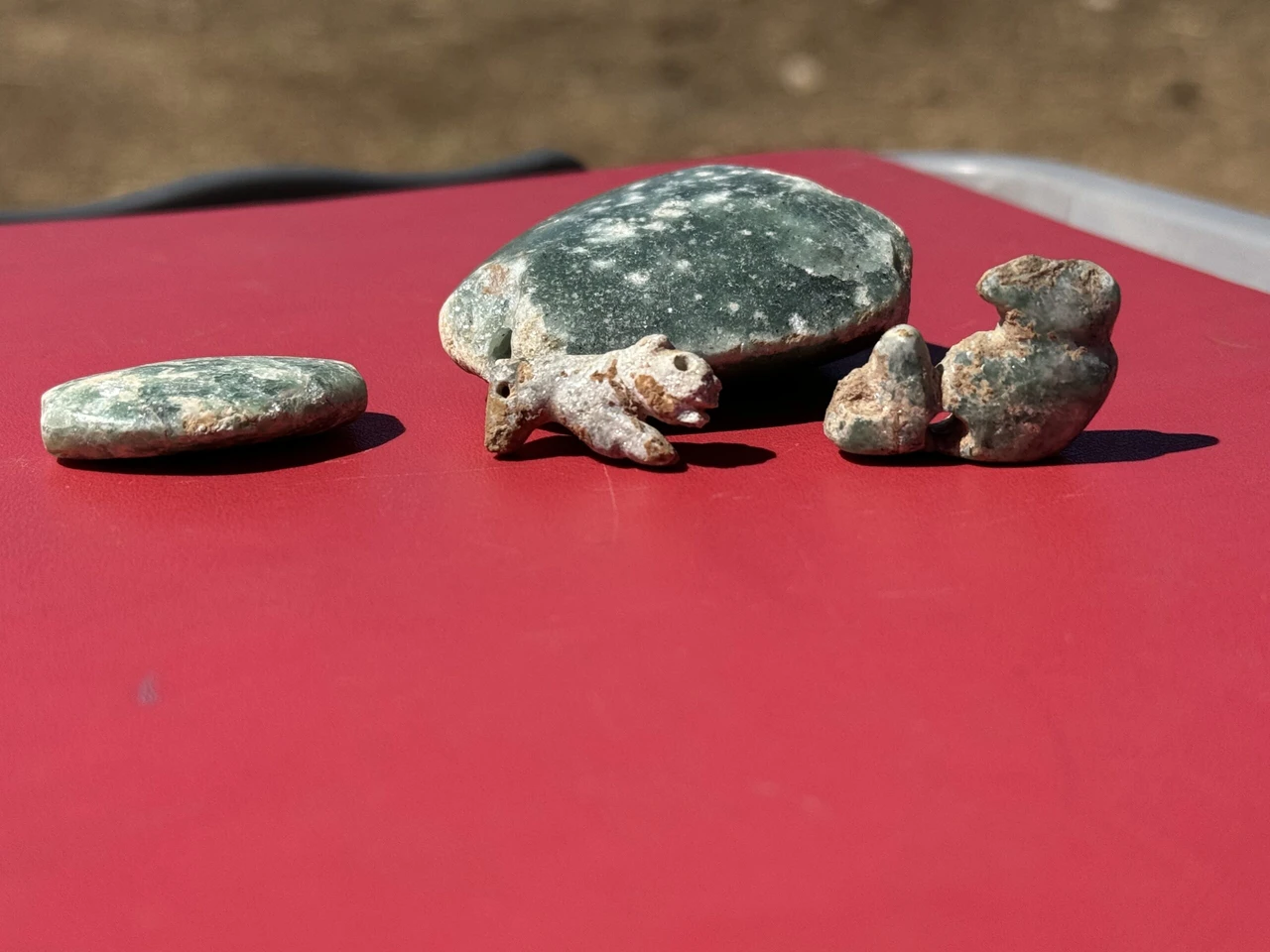 As part of the "Stone Hills Project" being carried out in Sanliurfa, two decorative items dating back approximately 10,000 years were found during ongoing excavations in Sefertepe, one depicting a leopard and the other featuring a vulture and a human figure, Türkiye, September 30, 2024 (AA Photo)
As part of the "Stone Hills Project" being carried out in Sanliurfa, two decorative items dating back approximately 10,000 years were found during ongoing excavations in Sefertepe, one depicting a leopard and the other featuring a vulture and a human figure, Türkiye, September 30, 2024 (AA Photo)
Archaeological excavations in Sefertepe, located in Türkiye’s Sanliurfa, have uncovered two significant decorative items – one depicting a leopard and the other featuring a vulture and a human figure.
These artifacts date back approximately 10,000 years and are part of the ongoing “Tas Tepeler (Stone Hills) Project” under the auspices of the Ministry of Culture and Tourism.

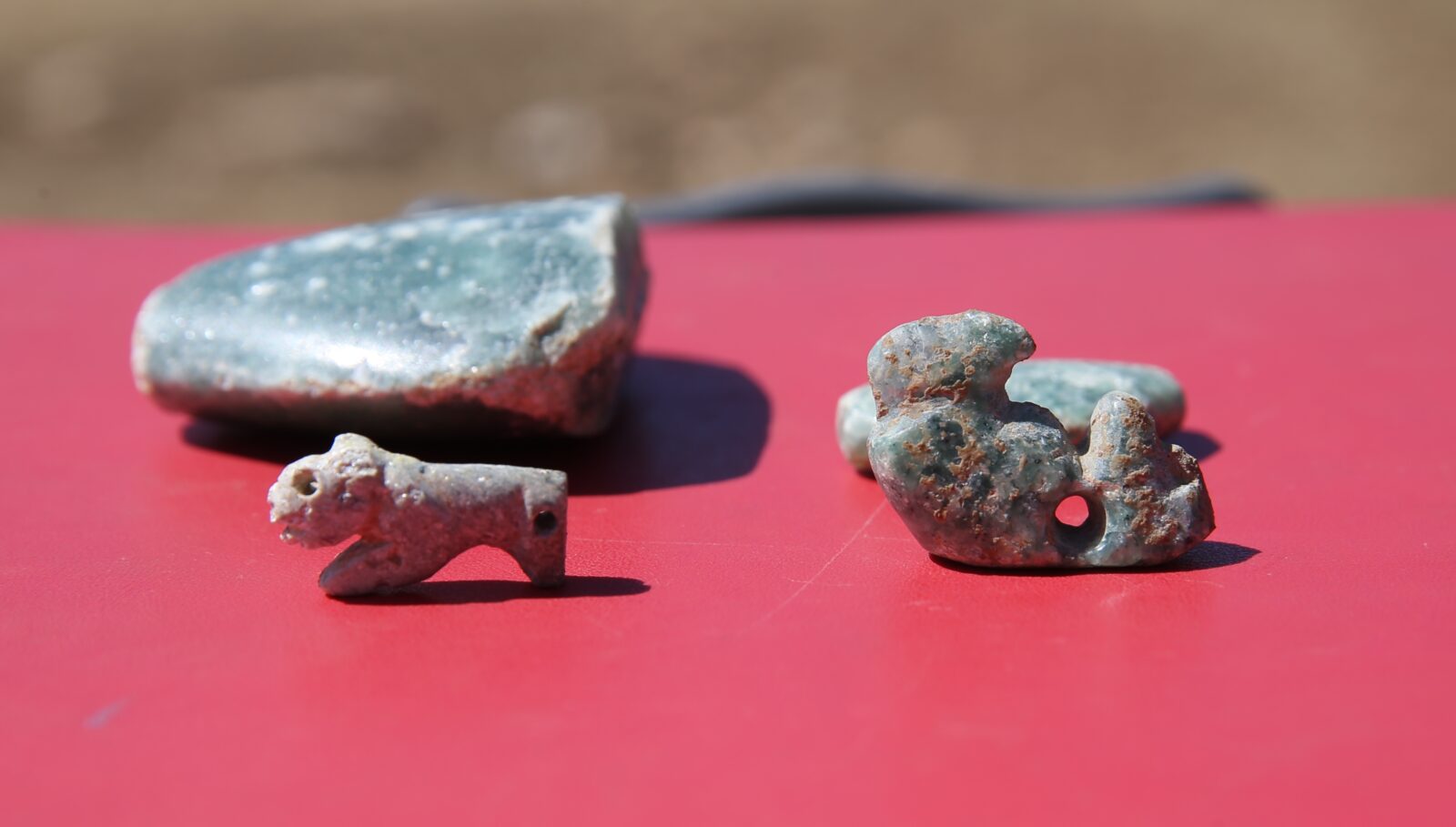
Expert insights on the findings of Sefertepe
Leading the Sefertepe excavations is associate professor Emre Guldogan from Istanbul University’s Department of Archaeology.
He highlighted the importance of these findings in showcasing the relationships between Sefertepe and other settlement areas in the region.
“The two artifacts we discovered are important in illustrating the connections between Sefertepe and other sites in the region,” Guldogan stated. “They represent not just decorative objects but also cultural links to other ancient communities.”
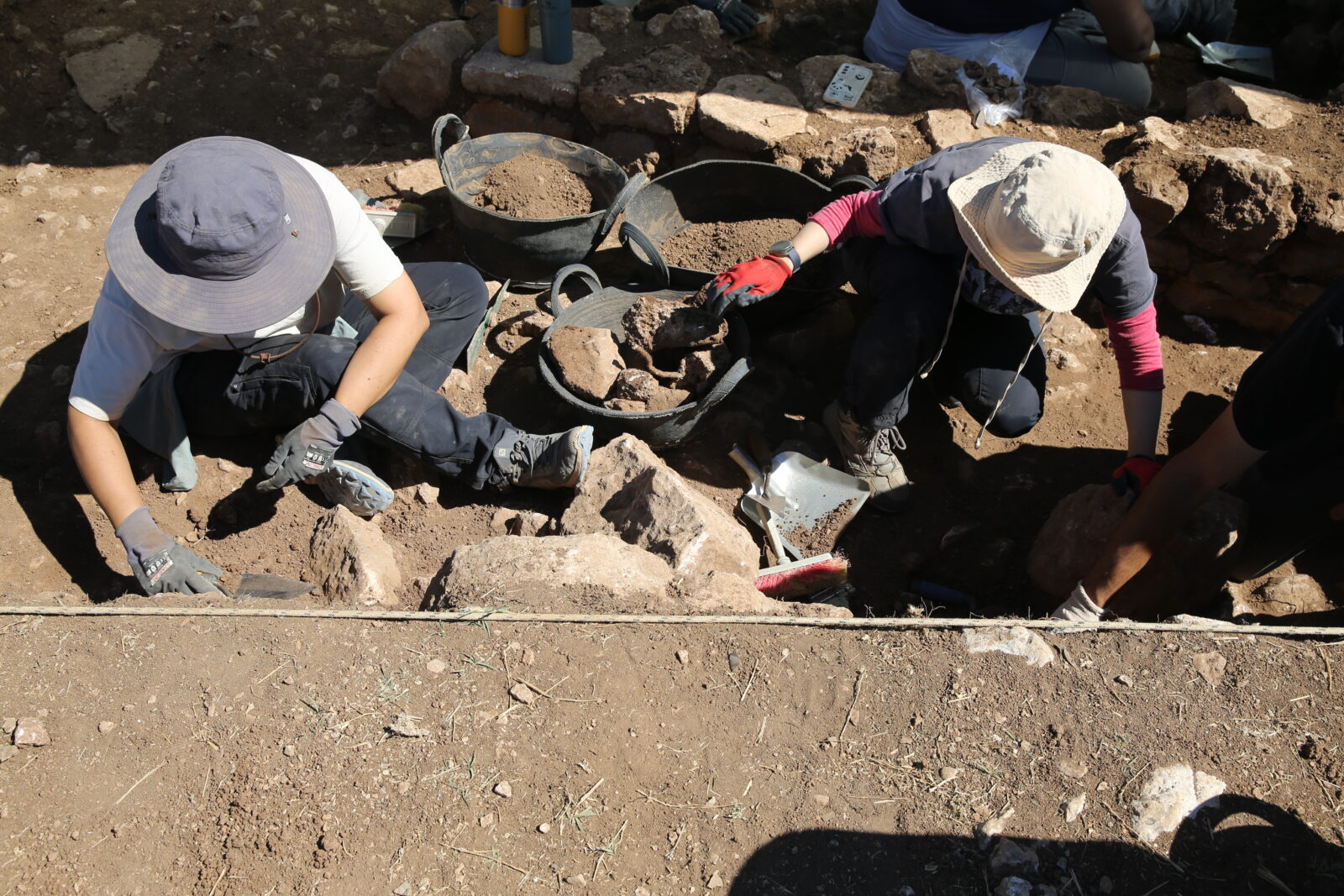
Unique jewelry reflects cultural significance
Guldogan noted that the ongoing excavations, which began in 2021, have yielded various findings. In previous years, different types of beads were unearthed, including snake-shaped items.
However, this year marks the first discovery of jewelry featuring a leopard, a human, and a vulture.
The jewelry, made of jade, is believed to originate from outside the local area, potentially from regions like Israel and Palestine. Guldogan emphasized: “These pieces reflect the ornamental practices of ancient people, who used them similarly to how we use jewelry today. They crafted accessories like bracelets and necklaces, showcasing the aesthetic and cultural significance of these artifacts.”
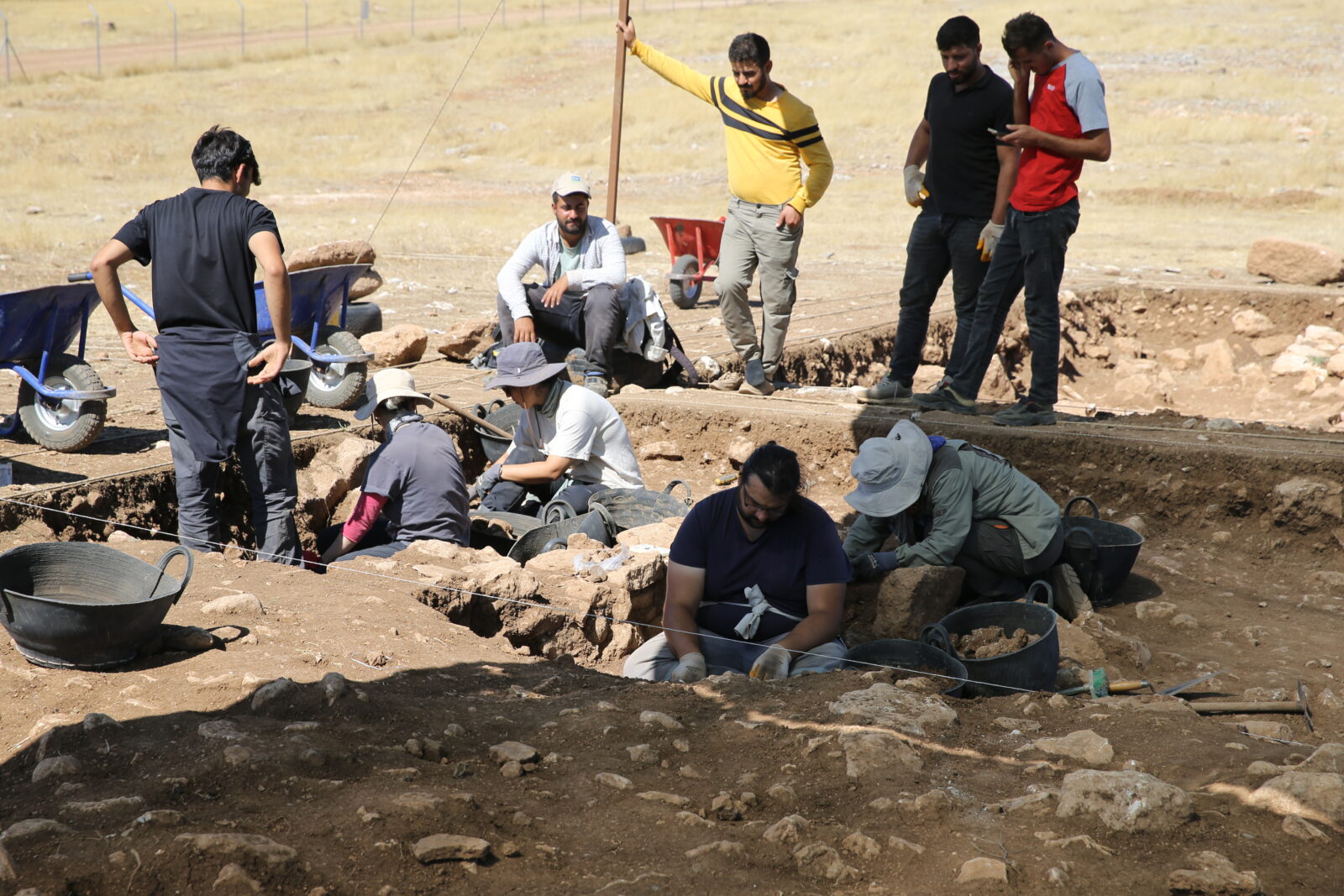
Importance of material origin
While discussing the materials used in the discovered artifacts, Guldogan noted that they do not originate from the local area. He emphasized the need for further material research to better understand the origins of these items and their cultural significance.
“Current publications indicate that similar materials have been discovered further south, in regions like Israel and Palestine,” he stated. “There is an urgent need for more comprehensive studies on the raw materials in this region.”
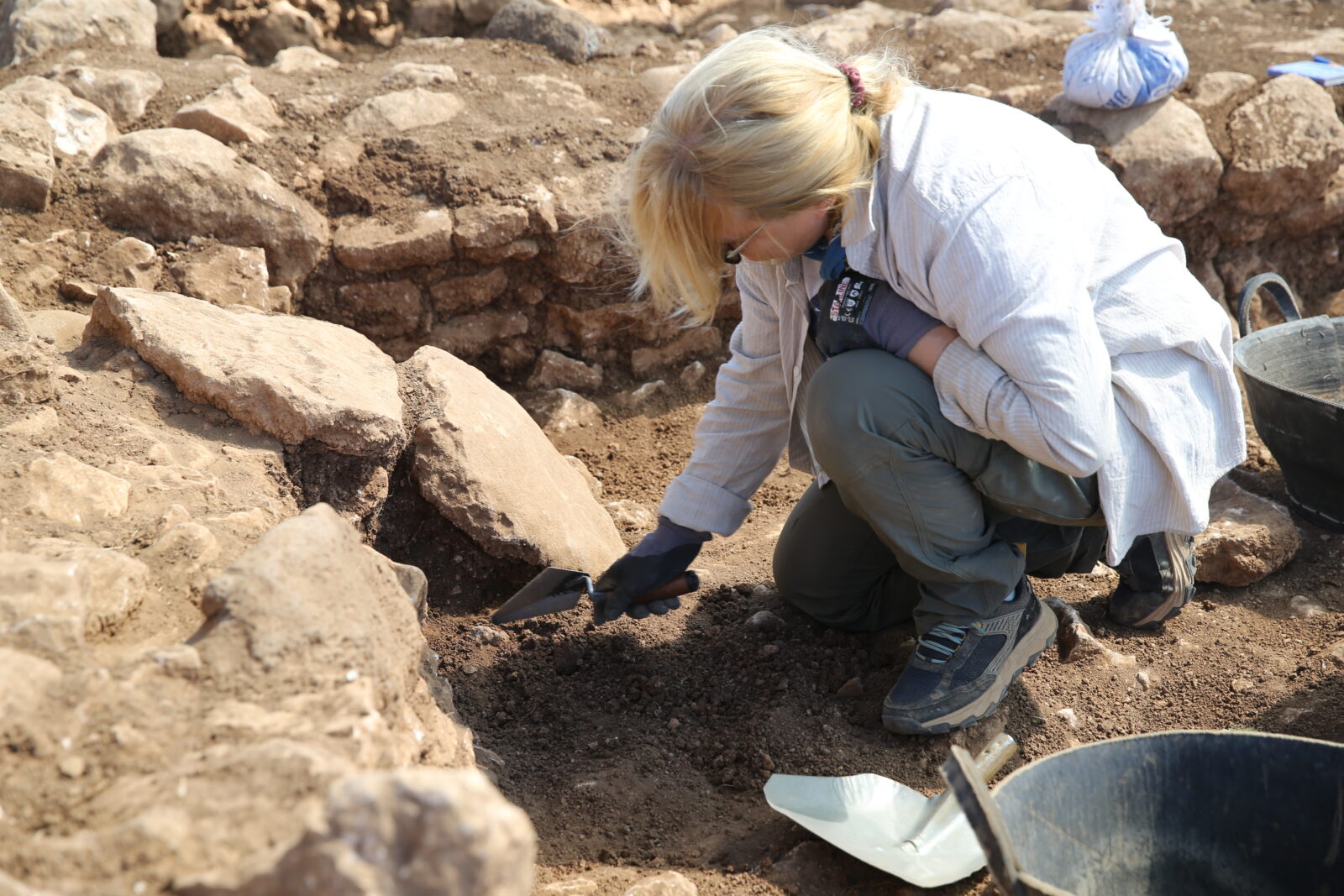

In conclusion, the discovery of ancient decorative items in Sefertepe illuminates the cultural practices of early Neolithic societies in Türkiye and underscores the region’s ties to other ancient civilizations.
As research progresses, these findings are poised to reveal deeper insights into the artifacts’ symbolic significance and the trade networks that existed 10,000 years ago.



